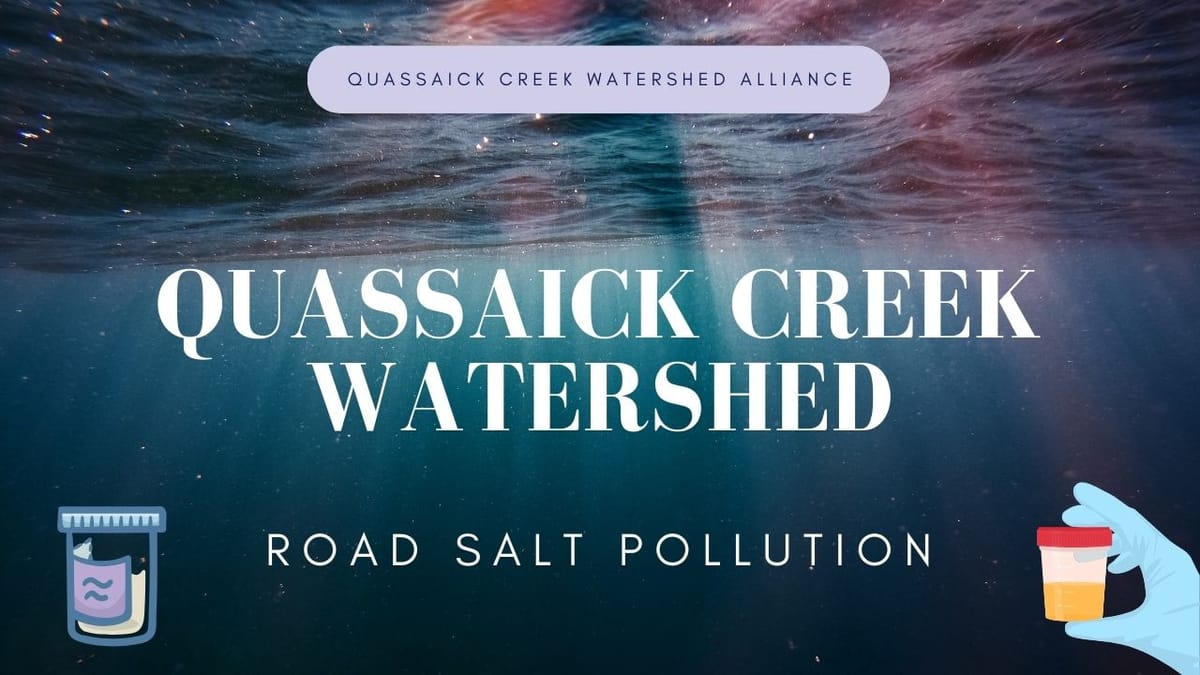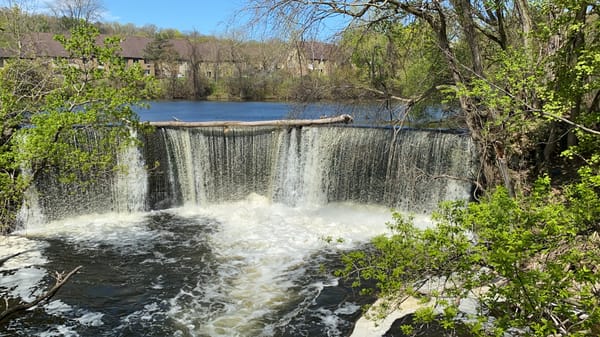The Hidden Costs of Using Salt on Winter Roads

Salt, primarily in the form of sodium chloride, is commonly used for de-icing roads during winter. While it's effective in melting ice and snow and ensuring safer driving conditions, its usage has significant drawbacks. These issues can be broadly categorized into environmental, infrastructural, and economic impacts.
Environmental Impact:
- Water Pollution: When the snow melts, the salt dissolves and runs off into nearby water bodies. This runoff increases the salinity of freshwater ecosystems, which can be detrimental to aquatic life. Elevated salt levels can lead to osmotic stress in freshwater organisms, disrupting their internal water balance and declining aquatic biodiversity.
- Soil Degradation: Salt can seep into the soil along the roadside, affecting its structure and fertility. High salinity can alter the soil's physical properties, reducing its ability to hold water and support plant life. This can lead to reduced vegetation cover along roadways, increasing erosion and reducing the natural beauty of landscapes.
- Wildlife Harm: Road salt can attract wildlife, particularly mammals and birds, which mistake it for food. This poses a direct health risk to these animals due to salt toxicity and increases the risk of roadkill incidents.
Infrastructural Damage:
- Corrosion of Vehicles: Salt accelerates the rusting process in vehicles, particularly affecting the undercarriage, brake lines, and exhaust systems. This can lead to increased maintenance costs for vehicle owners and a shorter lifespan.
- Damage to Road Surfaces: Repeated freeze-thaw cycles, exacerbated by salt, can lead to the formation of potholes and cracks in road surfaces. This necessitates frequent and costly repairs and poses a safety hazard to motorists.
- Impact on Concrete Structures: Salt can corrode the steel reinforcements in concrete structures such as bridges and overpasses. This corrosion compromises the structural integrity of these constructions, leading to expensive repairs and, in extreme cases, structural failures.
Economic Implications:
- Cost of Application and Cleanup: Road salt procurement, storage, and application represent significant expenses for municipal budgets. Additionally, post-winter cleanup and repair of salt-induced damage further strain financial resources.
- Vehicle Maintenance and Repair Costs: The corrosion caused by road salt leads to higher maintenance and repair costs for vehicle owners. This indirect economic burden affects a large portion of the population in areas where road salt is used.
Alternatives and Solutions:
Given these issues, exploring alternatives to traditional road salt is crucial. Some potential solutions include:
- Brine Solutions: Pre-wetting salt with brine solutions can reduce the salt needed, mitigating its environmental impact.
- Organic De-icers: Products like beet juice, cheese brine, or other organic compounds can be mixed with salt to reduce the amount required. These organic de-icers are less harmful to the environment.
- Improved Technology: Advancements in road surface materials and de-icing technologies can reduce reliance on salt. For instance, long-term solutions could be heated roadways or permeable pavements that prevent ice formation.
- Public Policy and Education: Implementing policies that regulate salt usage and educating the public and private entities about the impacts of road salt and the importance of responsible application can also be effective.
In conclusion, while road salt is an effective tool for ensuring winter road safety, its widespread use has significant environmental, infrastructural, and economic repercussions. Exploring and investing in alternative de-icing methods and technologies is essential for mitigating these impacts.




